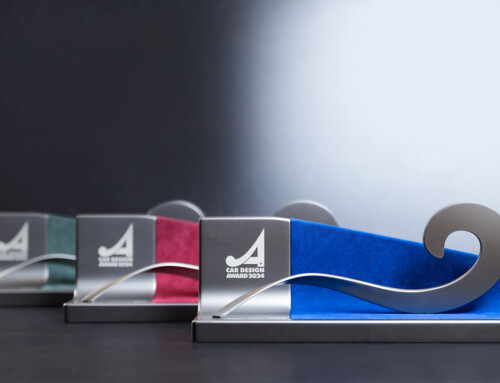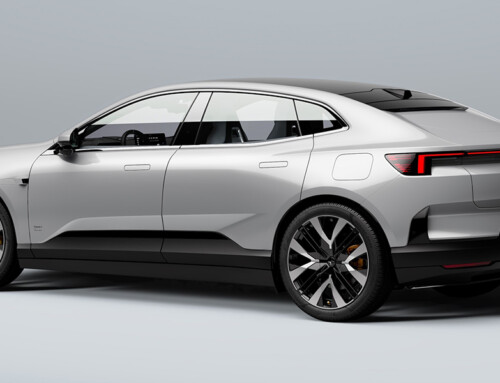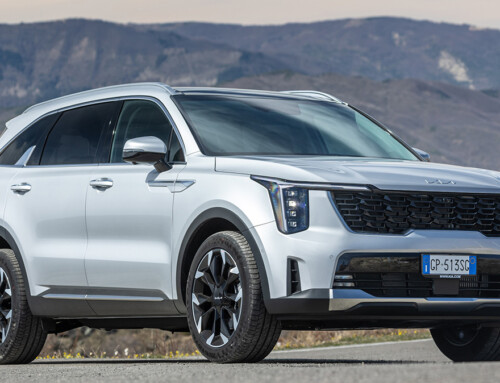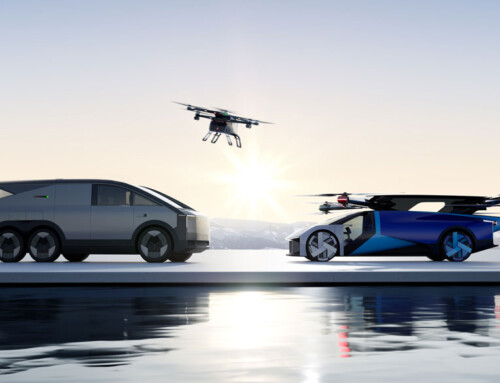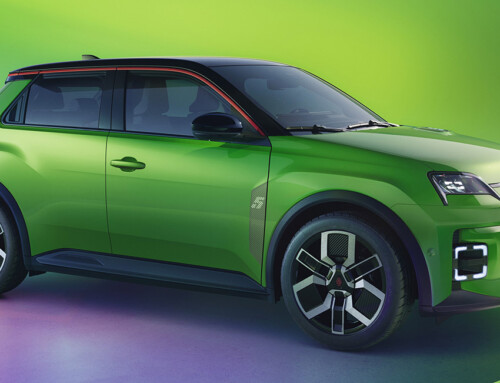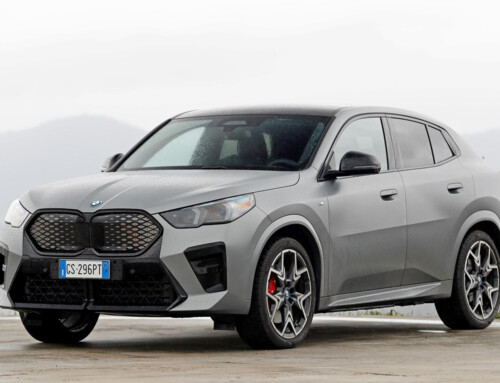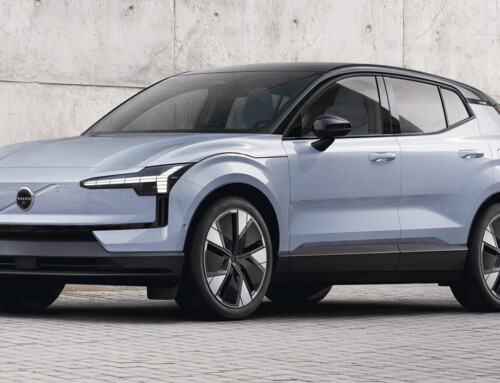Motor Show – For more than a hundred years Brazil has thought of itself as “the country of the future,” a future that always managed not to arrive as predicted. That may be about to change. Sao Paulo, with more than ten million inhabitants, is probably the largest city in the world in terms of population within official city limits, although Seoul, South Korea, is very close.
Only the Tokyo-Yokohama and New York City major metropolitan areas have bigger populations, albeit spread over much larger areas and multiple municipal jurisdictions. Today Brazil has numerous industries that are among world leaders in their specialties, including small machine tools and commuter and executive jet airplanes.
It stands to reason that this huge country — fifth largest in the world, and the biggest in the southern hemisphere — with almost no railroad network as compared to Europe or North America, would be anxious to embrace the automobile, once economic circumstances permitted the existence of a middle class that could hope to acquire cars.
As evidenced by the 25th edition of the Sao Paulo Salao d’Automóvel last October, Brazilian interest in cars is enormous. What is particularly interesting to an American or European observer in Brazil is that almost all the cars seen on the streets are quite small, very much as was the case in Italy for decades before the European common market changed the mix of products available and the taxation applied to them.
Most Brazilian cars appear to be of less than one and a half liters in displacement, with a huge preponderance of one-liter models because of a tax advantage. The cars are vaguely familiar, but often differ considerably from those seen in developed markets.
Biennial – A vibrant picture of a nation with a keen desire for design, plenty of enthusiasm and a clear understanding of the strategic importance of industrial design emerged from the Biennial of Brazilian Design held between October and November last year in the largest country in Latin America.
This was no coincidence, as the exhibition hosted at the National Museum in Brasilia was organised with the patronage of the Brazilian Ministry for Development, Industry and Foreign Trade and the MBC – Movimento Brasil Competitivo – an institute founded by a group of local businesses in 2001.
The exhibition brought together over 200 objects representing the most diverse sectors of industry, illustrating the state of Brazilian design at this crucial stage in the assertion of the nation’s identity. Alongside advanced technology products from the aeronautical, automotive and medical sectors were areas dedicated to graphics, eco-design and traditional crafts.
The article continues in Auto & Design no. 174

